Want to make your next protest more effective? Paolo Pedercini and Harry Josephine Giles say games are the key. The two activists are building a list of “Casual Games for Protesters” that they think protesters should incorporate into their demonstrations. These games can serve as icebreakers, teach valuable protest tactics to newbies, and encourage civil disobedience in day-to-day life.
Art by Casual Games for Protesters.
“We are seeing [many] first-time activists who don’t have history or practise,” following the election of Donald Trump, says Pedercini, who’s made games about everything from labour and alienation to the evils of McDonald’s over the years. (He also wrote a critique about a prison video game for us a few years back). A protest, he says, should be “an experience for people”, not just a gathering of as many bodies as possible. If you want to sustain the movement over time, he says, you have to make people want to come back. Here are some of the games, and why Pedercini and Giles think they will make a difference.
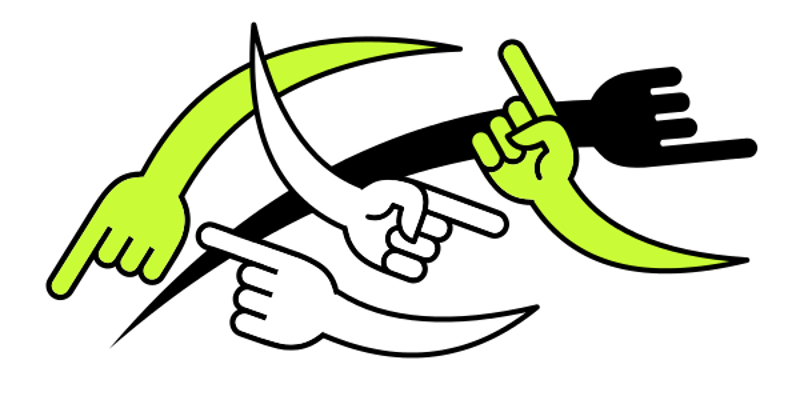
‘Blame Game’
The rules: Players pretend to be politicians and stand in a circle. One person in the circle accuses the next of doing something terribly wrong, but the accused person can’t outright deny it. Instead, they have to vociferously defend their actions while incriminating the next player in the circle.
Why it works: Some games, Pedercini says, are less about teaching protest skills and more about just getting people to start talking to each other — “not really adding game elements to an activity, but rather adding protest elements to a game,” he says. “Blame Game” can help protesters laugh at a situation that, these days, can be overwhelmingly grim.
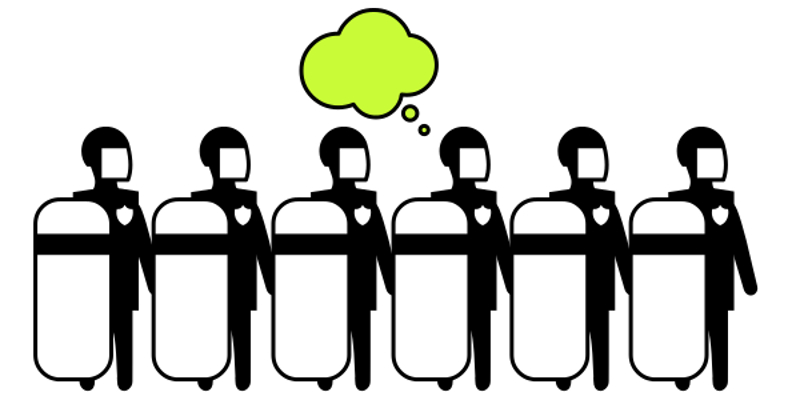
‘Medic’
The rules: Prior to the march, players gather supplies (water, energy bars, painkillers and so on). Score one point if someone asks you for an item and you have it. (You can also give things to people who seem to be in need.)
Why it works: “Medic” might seem like a textbook example of cheap gamification, but that’s the point, says Pedercini: It teaches the valuable protest skill of arriving prepared, and helping those who didn’t. The rule about giving your items away to those in need means that the optimal method for scoring personal points might not help the most people. As in real life.
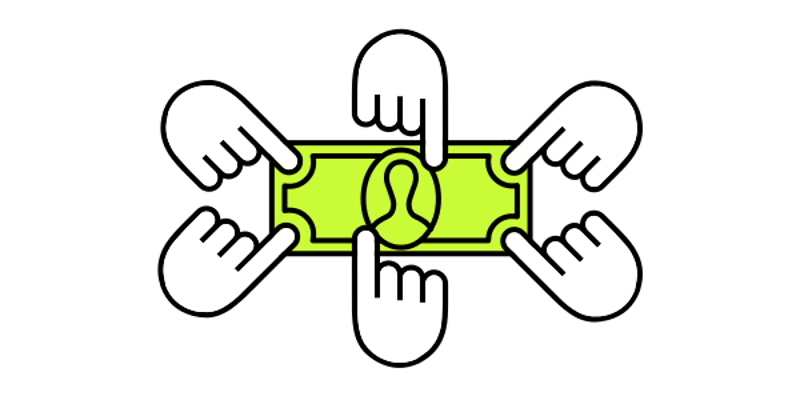
‘The Biggest Taboo’
The rules: Without talking to each other, players attempt to line up according to their net income. Each player then reveals their annual income to the players on their left and right, and swap accordingly. Repeat the process until everyone is arranged correctly; the player who made the fewest swaps (and therefore guessed most accurately) wins.
Why it works: In the West, we’ve been conditioned to ball up like porcupines at the idea of discussing how much money we make, which makes it easier for those holding the purse strings to swindle us. “Half the people backed away terrified” when asked to play this game at a recent talk in Washington, DC, Pedercini said. Playing the game urges people to think and speak subversively not just at the protest, but in their everyday lives.
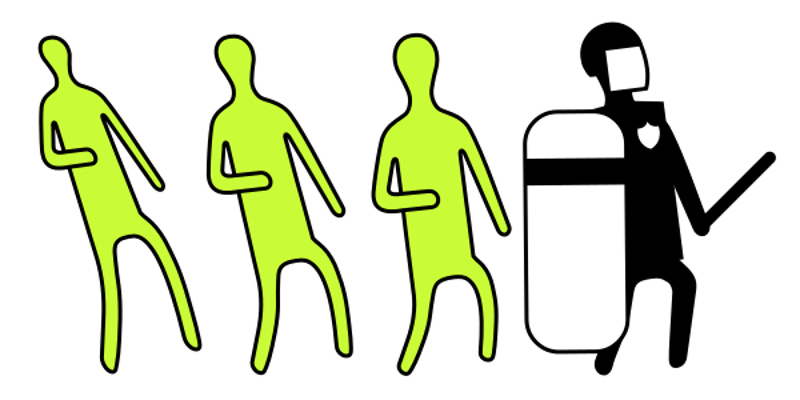
‘Clown Cops’
The rules: Players pick out a single police officer at the march, walk alongside them, and exaggerate their movements more and more as they walk along. If the cop insults a player, they win.
Why it works: “Practising disobeying the police and mocking the police in a relatively easy circumstance is really important,” says Giles, “because there are times when disobeying the police and being able to refuse the police is really important, either tactically or for a personal safety.”
If you’re thinking of bringing these to your next protest, bear in mind that playing these games — especially ones like Clown Cops — could introduce an element of real danger. I’ve seen police pounce on individual protesters who fell behind, even if they weren’t behaving any differently or breaking any laws. Not to mention the fact that “safe” game for a white protester might be much more dangerous for a person of colour.
“There should probably be a disclaimer on all [the games],” Giles says. “Even in the humorous ones, there’s a risk.”
So play, but be safe.
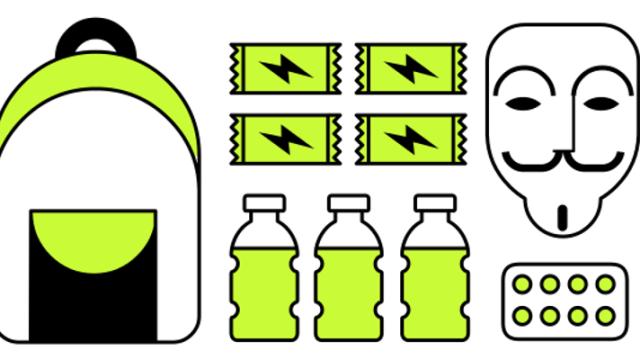
Comments
9 responses to “Four Real-World Games Designed To Be Played At Protests”
I thought the idea behind a protest was to ‘protest’ something not play games with generally heavily armed police officers who have 0 tolerance for mockery in those situations.
Anyone got a video of someone trying this? lol, seems like a pretty dumb thing to do but could be youtube worthy.
I think car modders / teens play a similar game but rev their engine as close to a cop as they can to see if they get away with it or so i’ve seen lol
Edgy teens
Four Real-World Games Designed To Proove You Are Just Virtue Signalling*
Fixed for you
Welcome to the loop of nonsense.
If you are at a protest playing games, you are not much of a protester. I am not commenting on the content of the protest, I am just saying that if you have time to make a game out of it, you could probably be a damn lot more productive.
There are more effective ways of expressing your disagreement than using bullshit terms like virtue signal.
I get what you’re saying and to an extent I disagree with the sentiment and the statement.
The Dakota pipeline protest went on for weeks, there isn’t exactly a restriction on the size or length of a protest. In that kind of scenario there’s going to be downtime and people are going to find ways to fill it. If silly social games are going to boost morale and cohesion, and keep people engaged, then they’ve achieved their end.
Where’s the game where you beat up bystanders who have a different opinion to you?
Or the game where you go out to fight people but only get punched in to the face?
“filed to Donald Trump”